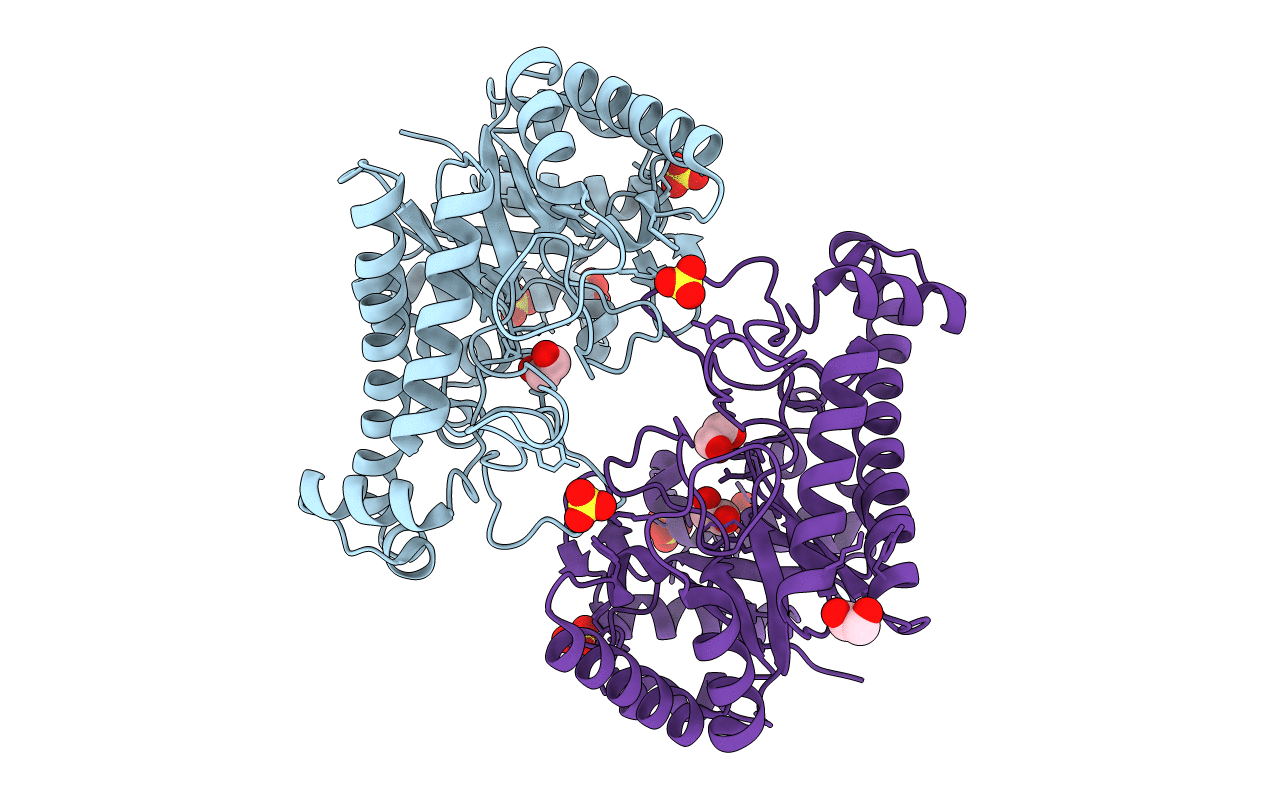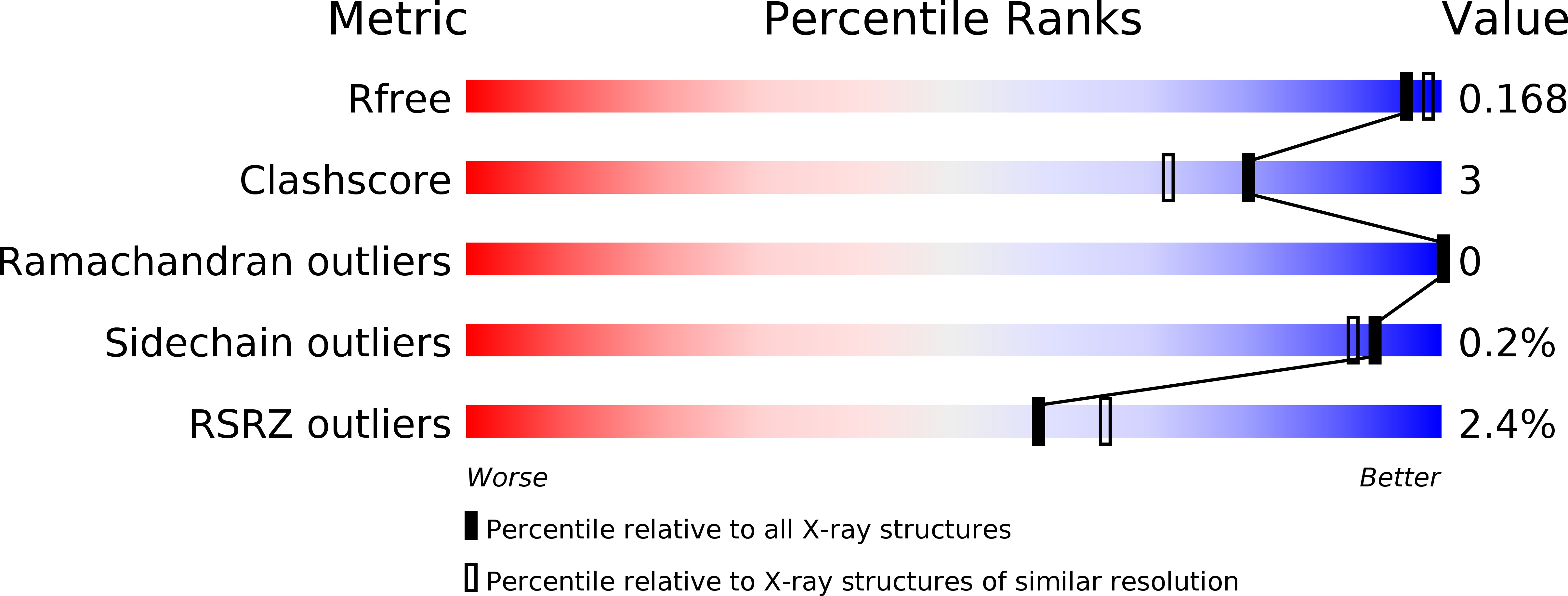
Deposition Date
2017-08-30
Release Date
2018-04-18
Last Version Date
2023-10-04
Entry Detail
PDB ID:
6AU1
Keywords:
Title:
Structure of the PgaB (BpsB) glycoside hydrolase domain from Bordetella bronchiseptica
Biological Source:
Source Organism:
Bordetella bronchiseptica (Taxon ID: 257310)
Host Organism:
Method Details:
Experimental Method:
Resolution:
1.76 Å
R-Value Free:
0.16
R-Value Work:
0.15
R-Value Observed:
0.15
Space Group:
P 1 21 1


